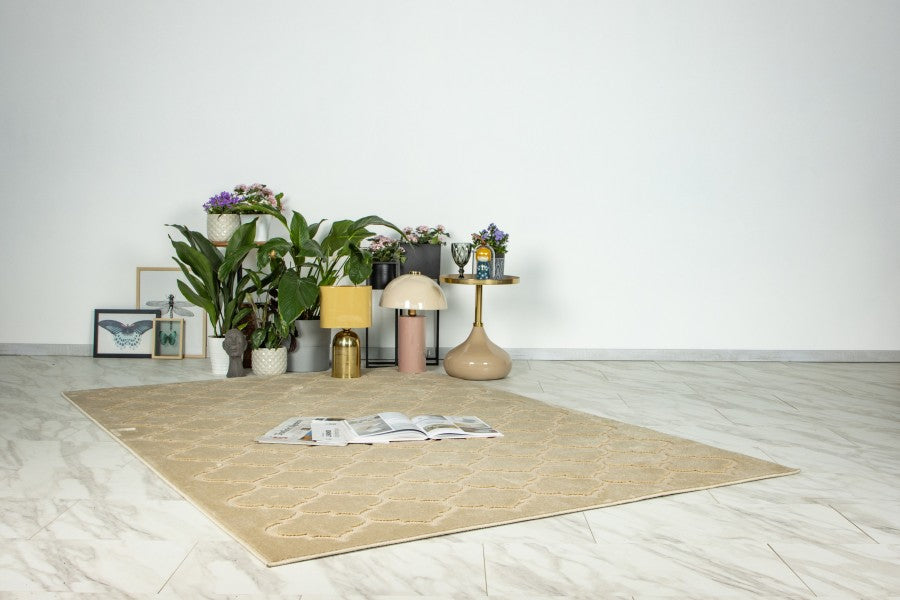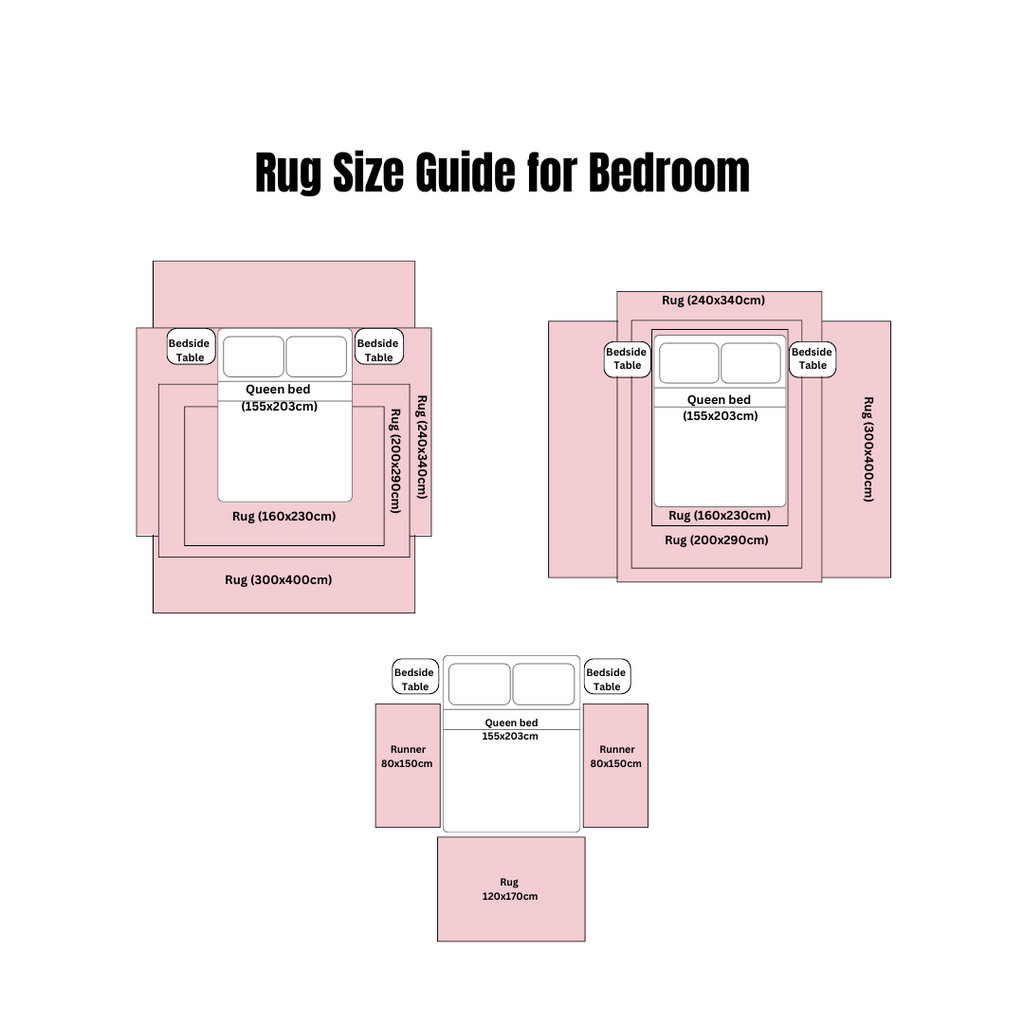Rug Placement Mistakes You’re Probably Making (And How to Fix Them)

Rugs are the unsung heroes of home décor. They tie a room together, add warmth, and elevate the overall aesthetic of any space. However, improper rug placement can throw off the balance of even the most beautifully designed rooms. If you’re struggling with rug placement in your living room, bedroom, or dining area, you’re not alone. Many homeowners make common mistakes that are easy to fix with a few simple tips. For all your rug needs, visit Adore Rugs and explore our stunning collection of high-quality rugs.
Let’s dive into the top rug placement mistakes and how to fix them, ensuring your home looks polished and cohesive.
Living Room Rug Placement Mistakes
Mistake #1: Rug That’s Too Small
One of the most common mistakes in the living room is choosing a rug that’s too small. A small rug can make the space feel disjointed and cramped.
How to Fix It:
- Ensure your rug is large enough to anchor the seating area. Ideally, all the front legs of your furniture should rest on the rug. If your budget allows, opt for a rug large enough to fit all the furniture legs on it for a more cohesive look.
For smaller living rooms, a rug that extends slightly beyond the coffee table and under the front legs of the sofa and chairs works well.
Mistake #2: Floating Rugs
Placing a rug in the middle of the room, far from any furniture, creates a “floating” effect that looks awkward and disconnected.
How to Fix It:
- Always ensure your rug is connected to the furniture. It should act as a unifying element, bringing all the pieces together.
Mistake #3: Ignoring Room Shape
Using a rectangular rug in a square room or vice versa can disrupt the flow of the space.
How to Fix It:
- Match the shape of your rug to the shape of your room or seating arrangement. For example, a round rug works beautifully in circular seating areas or smaller spaces.

Bedroom Rug Placement Mistakes
Mistake #1: Rug That Doesn’t Extend Far Enough
In bedrooms, rugs are often placed partially under the bed. However, a rug that doesn’t extend far enough beyond the bed can look disproportionate and fail to serve its purpose.
How to Fix It:
- Choose a rug size that extends at least 60cm to 90cm beyond the sides and foot of the bed. This ensures you’ll have a soft surface to step onto when you get out of bed.
Mistake #2: Placing Rugs Too Far Under the Bed
While it’s important for the rug to go under the bed, pushing it too far can make it barely visible and defeat its purpose as a design element.
How to Fix It:
- Position the rug so that it starts beneath the bottom two-thirds of the bed. This keeps the rug visible while framing the bed beautifully.
Mistake #3: Neglecting Side Rugs in Small Bedrooms
In smaller bedrooms, people often skip rugs altogether or opt for one that’s too large for the space.
How to Fix It:
- In compact spaces, consider using runners or smaller rugs on either side of the bed. This adds comfort without overcrowding the room.

Dining Room Rug Placement Mistakes
Mistake #1: Rug That’s Too Small for the Table
A common dining room mistake is choosing a rug that’s just big enough to fit the table but not the chairs. This can cause chairs to catch on the edges of the rug, creating an awkward dining experience.
How to Fix It:
- Select a rug that’s large enough to accommodate both the table and chairs, even when the chairs are pulled out. A good rule of thumb is to add at least 60cm to 90cm to each side of the table’s dimensions.
Mistake #2: Rug That’s Too Thick
Thick rugs in dining areas can make it difficult to move chairs smoothly, leading to frustration during meals.
How to Fix It:
- Opt for low-pile rugs in dining rooms. They’re easier to clean, less likely to trap crumbs, and allow chairs to glide effortlessly.
Mistake #3: Ignoring Rug Shape
Placing a rectangular rug under a round table or vice versa can disrupt the harmony of the space.
How to Fix It:
Match the rug shape to your dining table. For example, pair a round table with a round rug or a rectangular table with a rectangular rug.

General Rug Placement Tips
- Layering Rugs: Layering rugs can add depth and texture to a room, but it’s important to do it right. Use a neutral base rug and layer a smaller patterned rug on top to create visual interest.
- Consider Traffic Flow: In high-traffic areas, ensure the rug is securely anchored with furniture or a rug pad to prevent slipping or tripping hazards.
- Use Visual Examples: Before committing to a rug size or placement, use painter’s tape to outline the rug dimensions on your floor. This helps you visualise how the rug will look in your space.
Why Rug Placement Matters
Proper rug placement is about more than aesthetics—it’s about creating a functional and inviting space. A well-placed rug can:
- Define zones in open-plan living areas.
- Add warmth and comfort underfoot.
- Enhance the overall balance and harmony of a room.
When you get rug placement right, your room feels cohesive, comfortable, and effortlessly stylish.
SHARE:



